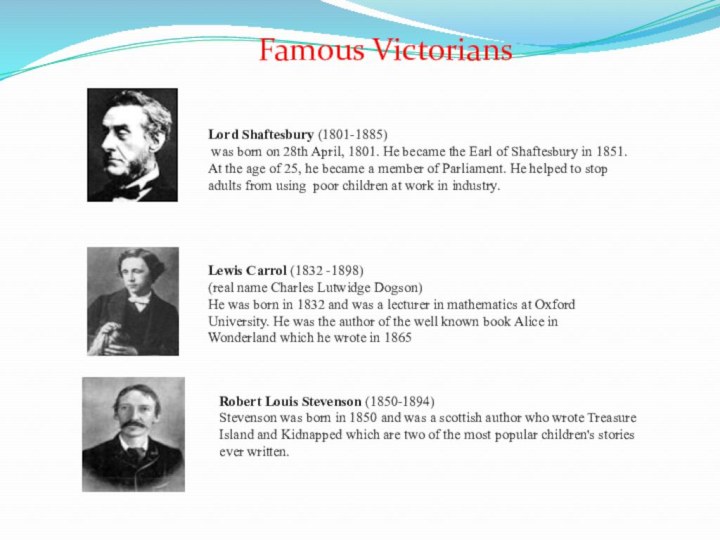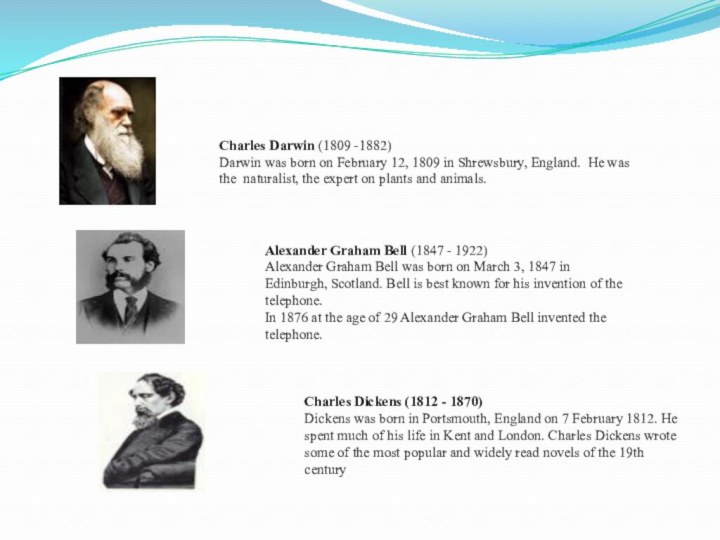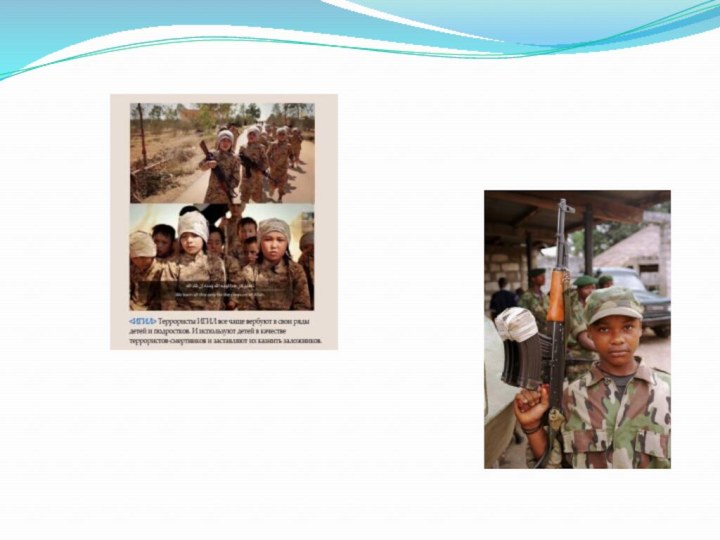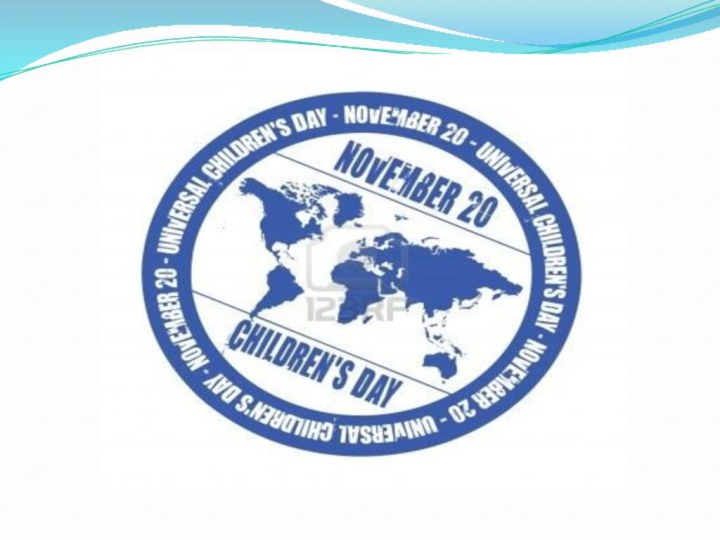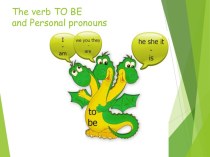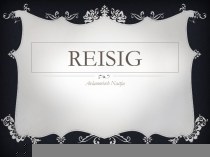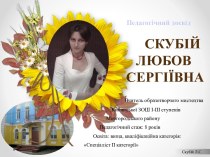was it like for children living in Victorian Britain?
Life
was not the same for all children during the Victorian times. The kind of life a child had in the Victorian times depended on its family.Children from working class families
had few luxuries.
ate poor food
worked long hours
lived in damp, filthy conditions.
Many children died of disease.
Children from rich families
usually well fed, clean and well clothed.
didn't need to work
went on holidays
had expensive toys
had pets such as ponies.







